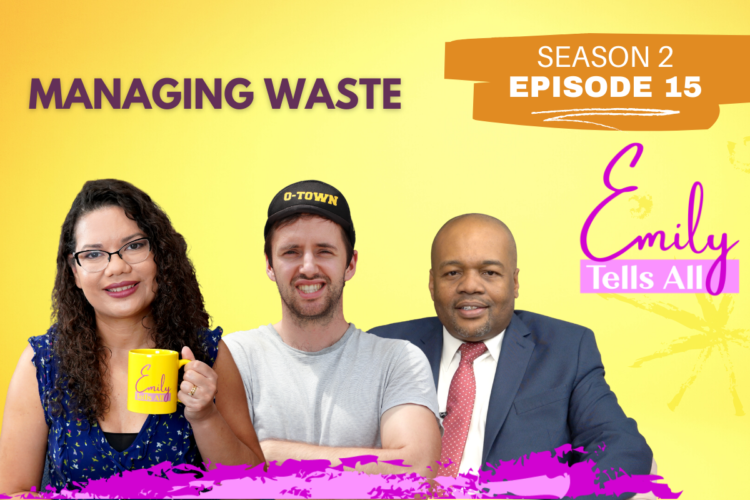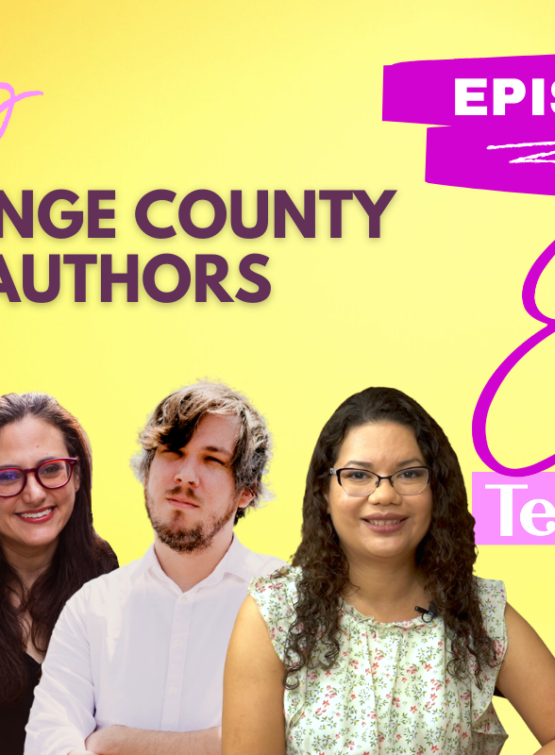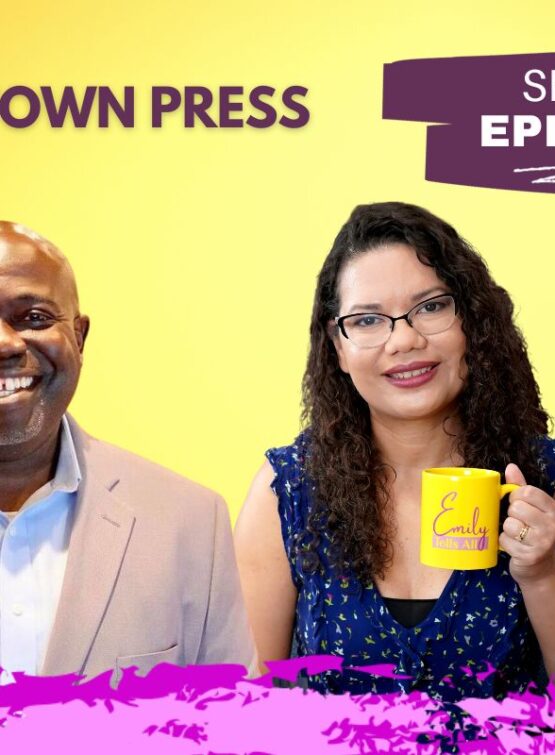AIR DATE APRIL 14, 2022
Title: Managing Waste
Discover what happens to trash after it leaves your curb and learn ways to minimize your waste.
Guests and Locations
Orange County Waste Management, Assistant Manager – Kevin Simmonds
O-Town Compost, Founder – Charlie Pioli
Orange County: What You Need to Know About Your Trash
Did you know that 50 million tons of hazardous waste were thrown away globally in February 2021? Additionally, the United States generates the most municipal solid waste in the world.
Many people view trash as an out-of-sight, out-of-mind process, thinking very little of it once it’s picked up from the curb. Unfortunately, trash does not just disappear, and it must be safely managed to minimize environmental harm.
To learn more about the waste management process, I sat down with Kevin Simmonds— the assistant manager for the Solid Waste Division of Orange County Utilities— and Charlie Pioli from Orlando’s Community Compost or O-Town Compost.
Trash Management
It may be surprising for residents of Orange County to hear that the local landfill receives about 1M tons of garbage annually. The Solid Waste Division is responsible for that landfill, two transfer stations, and the residential curbside collection program.
“Transfer stations are located on the western side of the county. It allows the community and our haulers to efficiently bring their garbage and recyclables to that location rather than having to transfer all the way back to the landfill,” says Kevin.
You can deposit household hazardous waste at their facility at the landfill. You can also find a hazardous household waste facility at the porter transfer station on the west side of Orange County.
Recycling
Aside from waste management, recycling is another hard hitter. Kevin continues the discussion, “We’re really proud of our recycling quality improvement program.”
This program involves receiving feedback about what should be going into a recycling bin. Blue is a universal color that corresponds to recycling.
If you ever see a blue bin, it is for recyclables. Green bins are usually for garbage, or at least that’s the case in Orange County.
“For that blue top recycling cart, the items that you should put in those carts would involve glass, whether they be jars or containers or bottles, jars and bottles, plastic bottles, containers, and jars, clean paper, clean cardboard, and metal cans,” Kevin explains.
Composting
Aside from waste management and recycling, composting organic trash is incredibly beneficial for our environment.
“Composting is a little bit different than just throwing your banana peel on the ground in a forest and letting it naturally decompose,” explains Charlie. Composing involves mixing food scraps with carbon and oxygen, spurring micro-bacteria that eat through the food and produce a soil amendment.
It’s not technically soil, but it has nutrients and bacteria from the food scraps and from the cooking of the compost. You can take that composted soil and put it back in your garden.
Charlie continues, “Focusing on the organic waste portion, which is about 45% of what goes to the Orange County landfill, is going to have significant benefits [for the planet].”
Conclusion
You can learn more about Orange County’s Waste Division, ask questions, and more at their website. We also encourage you to utilize their tool What Goes Where to determine the proper way to dispose of an item.
O-Town Compost can also help you learn the ins and outs of composting. When you do your part to recycle and dispose of waste safely, you’ll impact your community more than you may realize. A little goes a long way.



